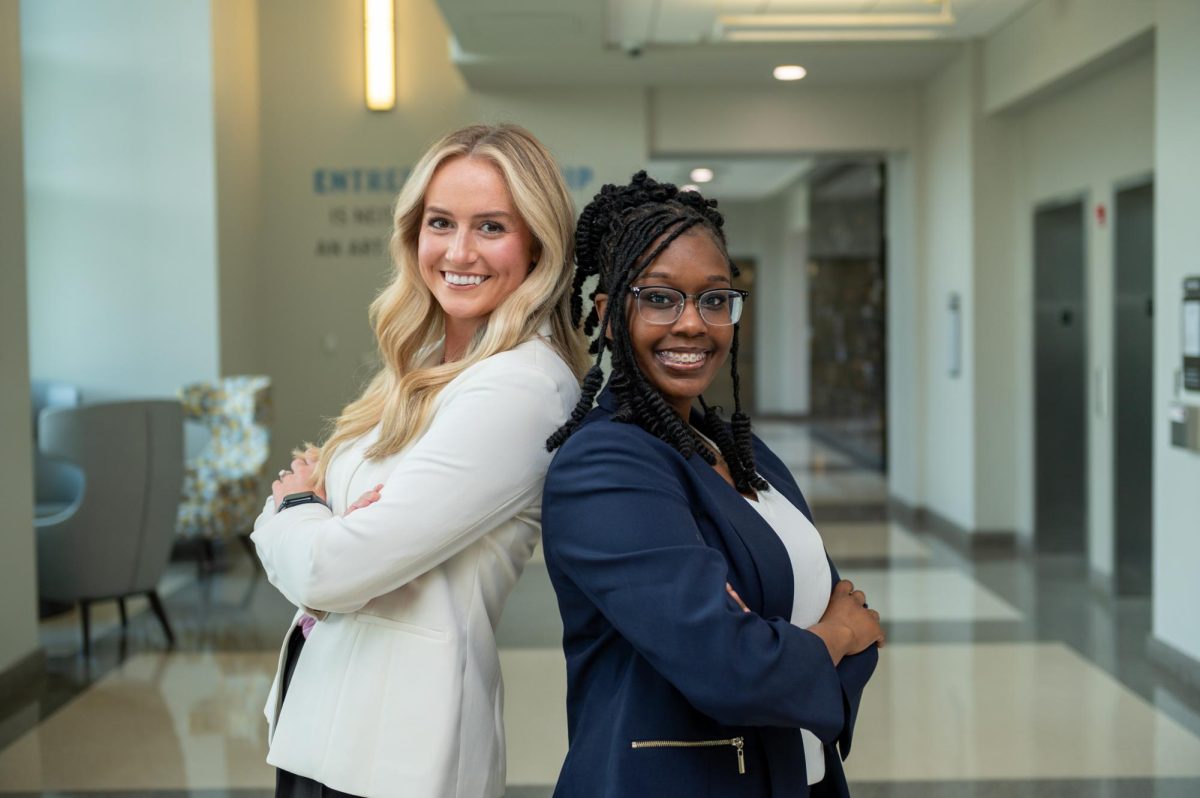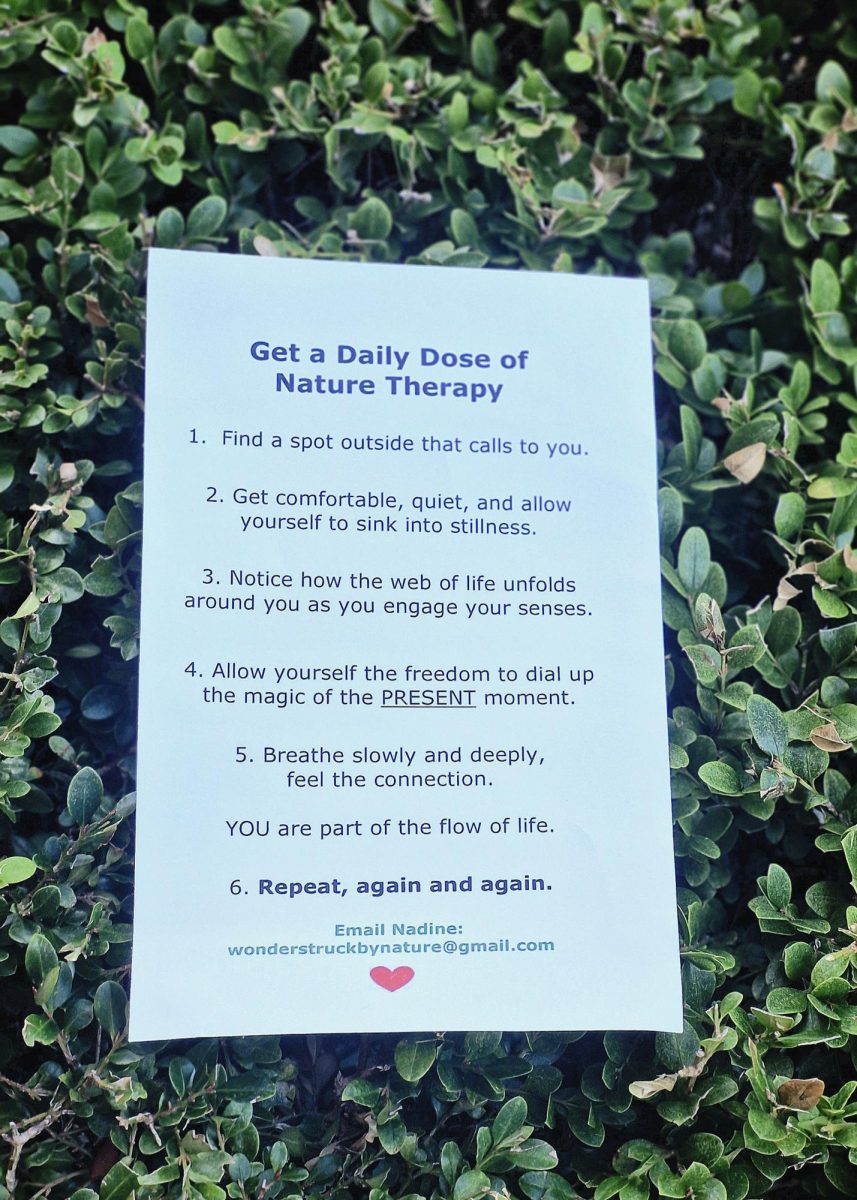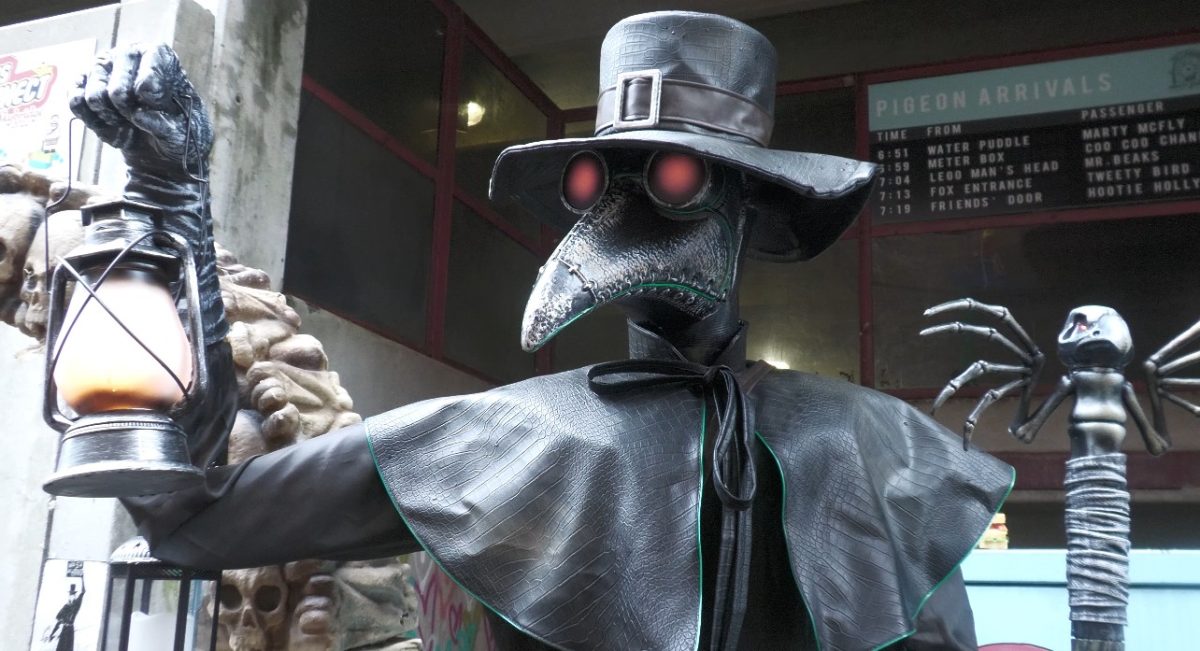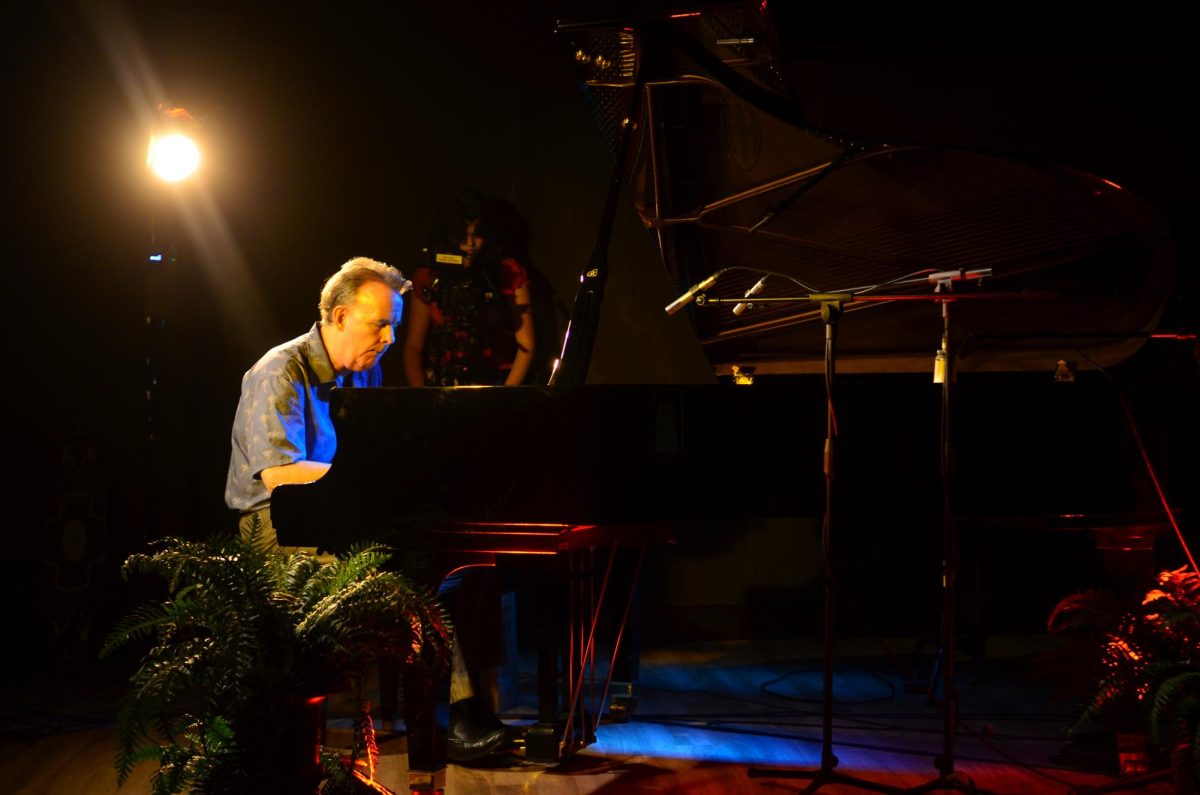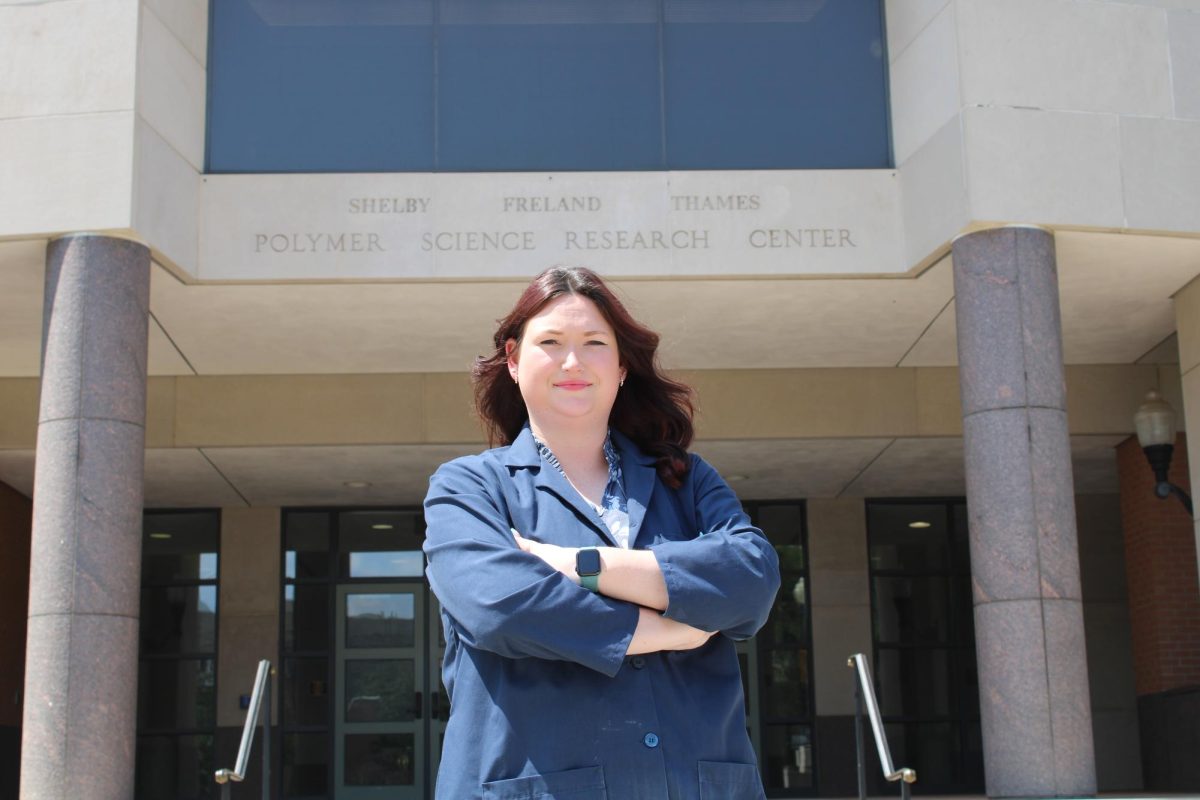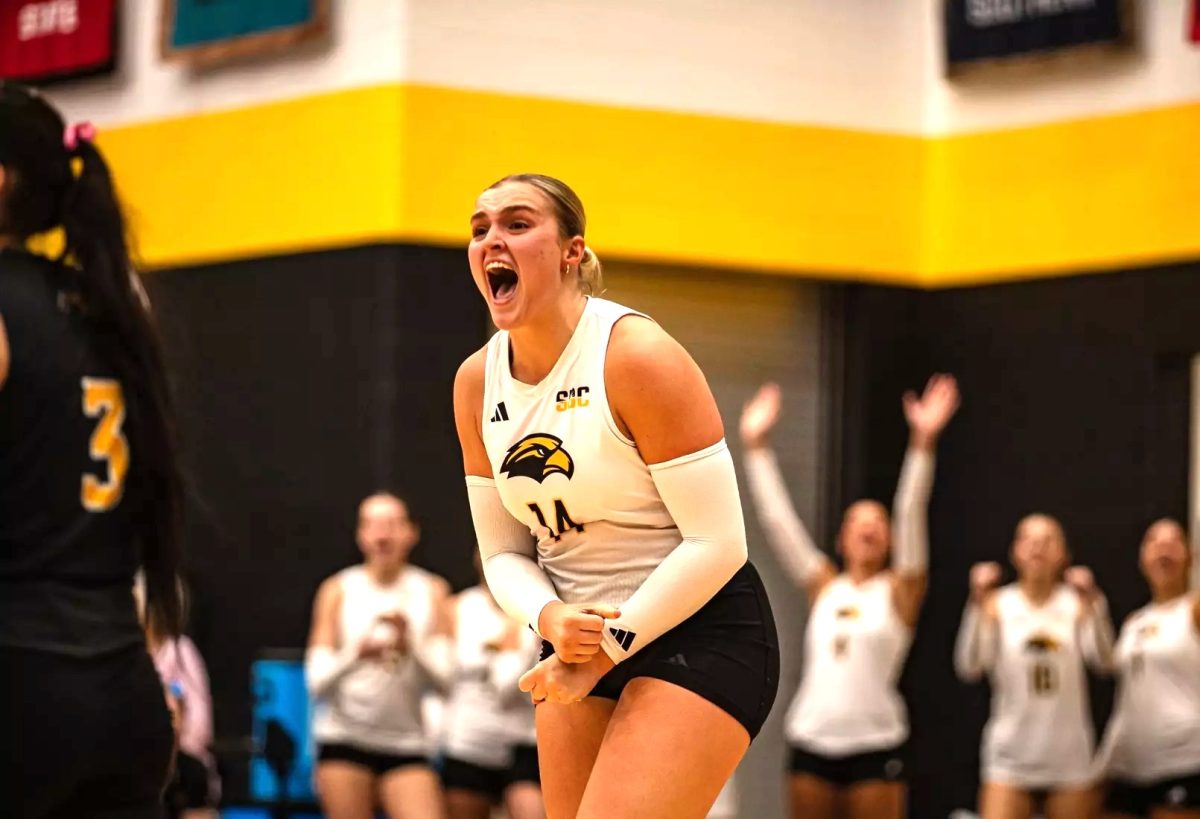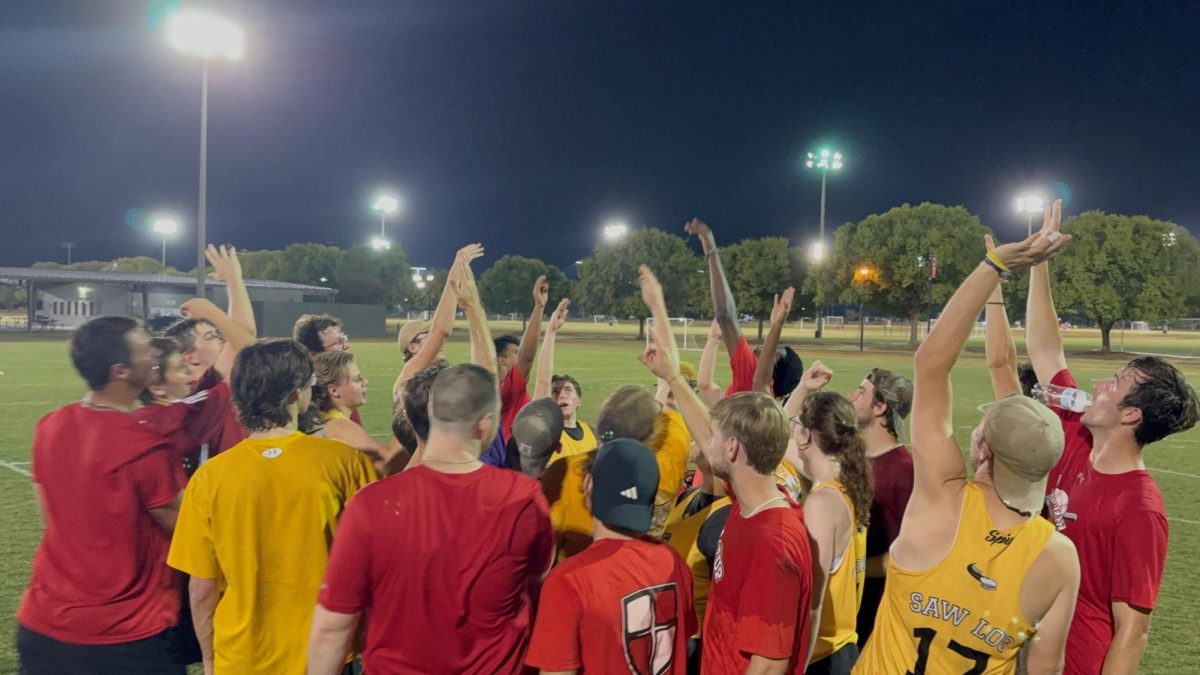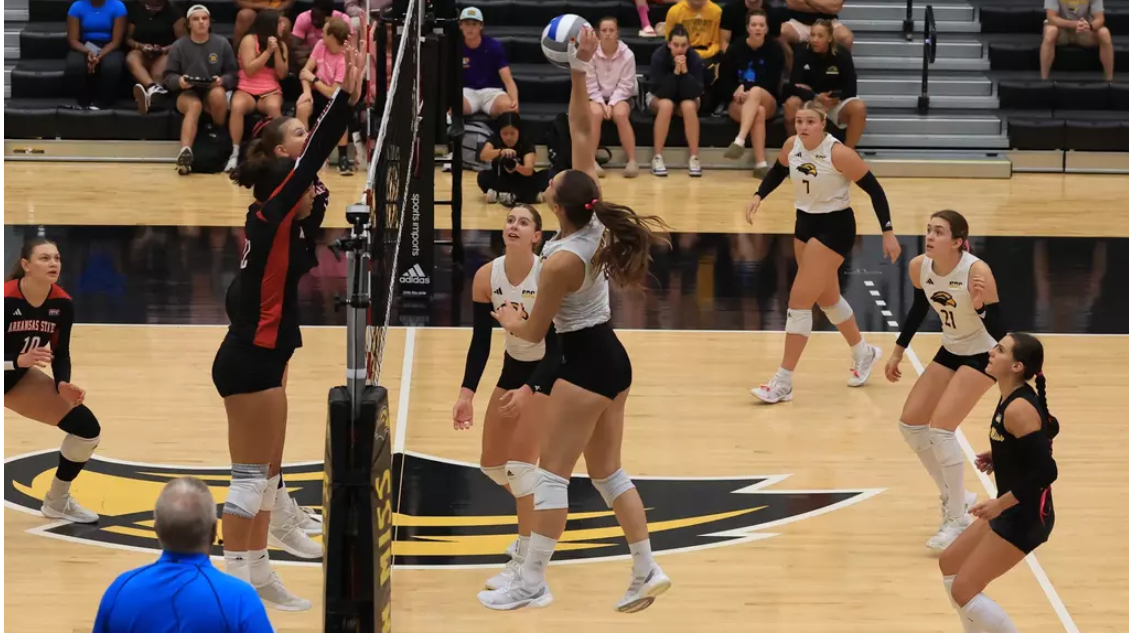I never thought I could be afraid of a dog—until the day I watched one attack someone.
I grew up around dogs in the homes of my extended family. Most were sweet, and a few had tempers but were still lovable. All my memories of those dogs are fond. My mom even confirmed that my first word was “Bentley,” the name of my aunt’s dog at the time.
Although my parents never allowed my sister and me to have pets, I believed I was meant to be a dog owner. I loved meeting other people’s dogs, and seeing the joy they brought their owners made me want that feeling for myself.
Months after moving into an apartment with space for a pet, my boyfriend and I adopted a dog. He shared my love for animals and had grown up with a dog in his home. We named him Fang—an ironic choice, as it would turn out.
Our days quickly revolved around Fang. In his first weeks with us, I spent every moment outside of work or school at home with him. We walked often on the Longleaf Trace, where his size and presence made me feel safer alone. Fang, an American Staffordshire terrier, weighed 55 pounds of muscle and had the loudest bark I had ever heard. Anyone who passed us with a strange glance usually earned a bark.
It didn’t take long for my boyfriend and me to notice Fang’s strong protective instinct toward me. He became aggressive multiple times toward our friend Reese whenever she approached me too quickly. As we gradually introduced him to new environments, he became more aggressive toward people who weren’t me or my boyfriend.
The aggression wasn’t constant, but it was enough to worry us. Once, Fang even nipped my boyfriend hard enough to draw blood. We naively chalked it up to “dogs being dogs.”
Then one early July night, Fang’s usual demeanor changed. After I woke from a nap, he was already agitated and had to be put in his crate. My boyfriend, the more cautious of us, grabbed our Taser from the nightstand. I thought it wasn’t necessary.
Minutes later, Fang seemed calmer and was let out of the crate, hopping immediately onto the bed.
The next sound I heard was my boyfriend’s deafening scream as the dog sank its teeth into his arm.
He was pinned under Fang. I could see and hear the Taser being used, but nothing stopped him. My heart raced. My thoughts swarmed. Instinctively, I moved to get the dog away—and soon Fang was out of the room.
The rest of the night and following days remain a blur. My boyfriend’s arm was broken and required surgery. I spent nights home alone with Fang, terrified, replaying the attack in my mind. I cared for him until the day I had to return him to the shelter.
I tried to push it from my mind. But when a large dog in our apartment complex escaped and ran near us, my heart dropped at its bark—it sounded like Fang. Memories of that night came rushing back.
Nothing can change what happened that summer night. The fear and memories linger. I keep my distance from large dogs unless I know they’re friendly. I rely on my partner for support, and he relies on me.
We both still love dogs and try not to let those memories define our relationship with them. A single traumatic encounter can reshape how we see the animals we love, and it reminds us that empathy and understanding are essential in helping others feel safe again. Even when fear lingers, love endures, and healing—though rarely simple—is always possible.


